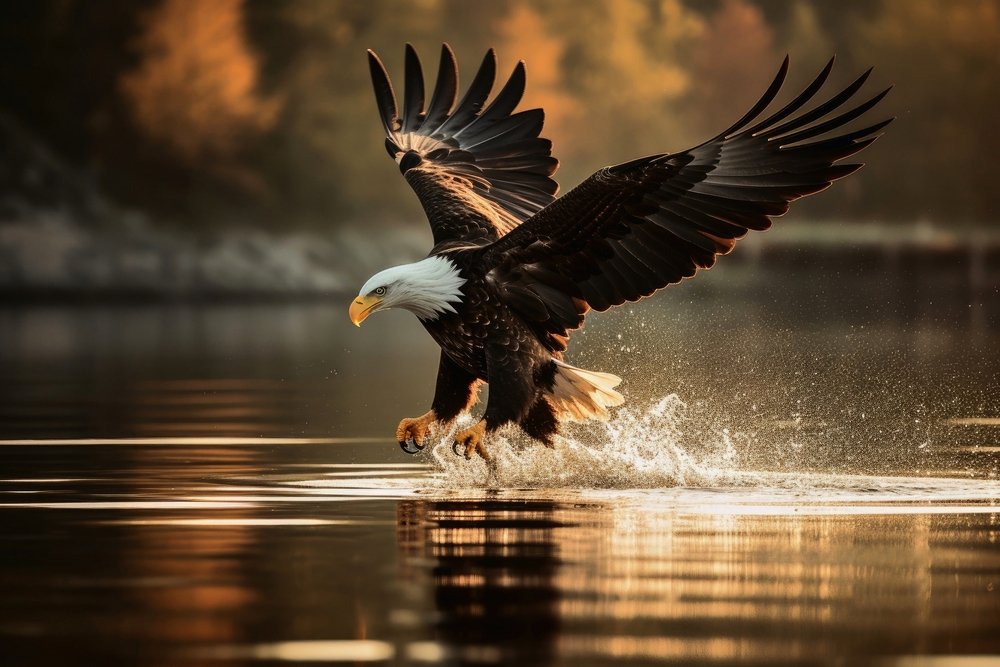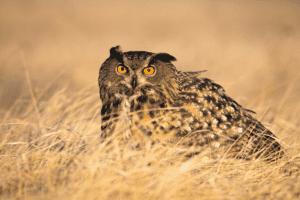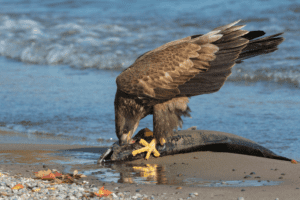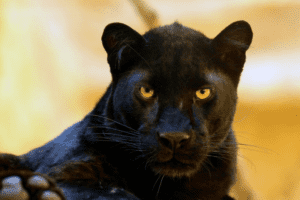Have you ever wondered that How Many Eagles Are Left In The World? There are around 60 species of eagles in the world, but their numbers have significantly decreased over time due to various threats. According to a recent study by Birdlife International, among these 60 species, 27% are considered vulnerable or endangered.
True eagles comprise the genus Aquila. Most of the 68 species of eagles are from Eurasia and Africa. Outside this area, just 14 species can be found—two in North America, nine in Central and South America, and three in Australia.
Table of Contents
Habitat Loss
The main threat to eagle populations is habitat loss and degradation. As human populations expand and encroach on natural habitats, eagles lose their nesting sites and hunting grounds. This leads to a decrease in the availability of prey, making it difficult for eagles to survive.
Pollution
Another major threat is pollution. Eagles are at the top of the food chain and are susceptible to accumulating toxins such as heavy metals and pesticides in their bodies. These toxins can cause health issues and affect reproduction, leading to a decline in population.
Climate Change
Climate change is also affecting eagle populations. As temperatures rise, eagles are forced to adapt to new environments and may not be able to survive the changes. This includes changes in prey availability and nesting sites.
Illegal Hunting And Poaching
Furthermore, illegal hunting and poaching also pose a significant threat to eagle populations. Some cultures view eagles as a symbol of power and strength, leading to their capture and use in traditional practices. This, combined with the illegal trade of eagle parts for medicinal or decorative purposes, has severely impacted their numbers.
What Is The Current Populations Trends Of Eagles?

It is important to keep in mind That How Many Eagles Are Left In The World? The current population trends of eagles vary greatly depending on the species and geographical location. However, the White-tailed Eagle, also known as the Sea Eagle, has seen a steady increase in population numbers over recent years. This is due to conservation efforts and strict protection measures put in place by governments.
However, for many other eagle species, their populations continue to decline steadily. Without significant conservation efforts and addressing the threats they face, many eagle species could become extinct in the near future.
What Is The Ecology And Behavior Of Eagles?
Eagles are diurnal birds of prey, meaning they are active during the day and hunt for food primarily during daylight hours. They have excellent eyesight and sharp talons that enable them to catch their prey in mid-flight.
They are also known for their impressive nesting habits, building large nests in high or inaccessible locations such as cliffs or treetops. These nests are often used year after year and can weigh up to a ton.
Eagles are also known for their long lifespan, with some species living up to 30 years in the wild. They are monogamous and form strong pair bonds that last throughout the breeding season.
Other Factors Which Decline The Population Of Eagles
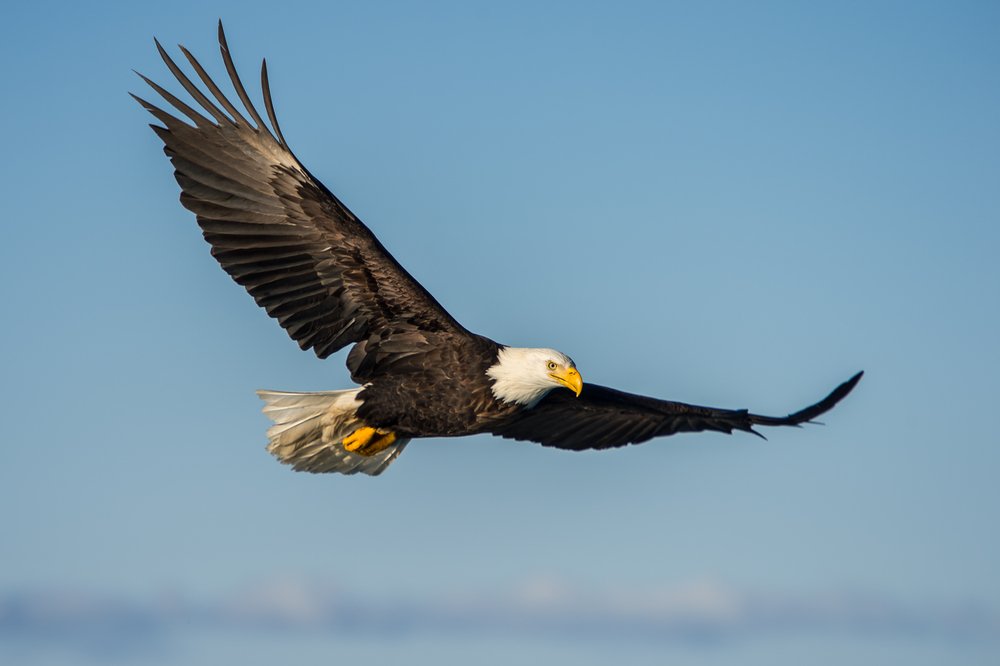
In addition to the mentioned threats, there are other factors that have contributed to the decline of eagle populations. These include electrocution and collisions with man-made structures such as power lines and wind turbines. These accidents often result in injury or death, further reducing the number of eagles in the world.
Furthermore, human activities such as deforestation and land development also play a role in eagle population decline. As forests are cleared for agriculture or urbanization, the natural habitats of eagles are destroyed, leaving them with limited options for survival.
Do Eagles Have Any Natural Predators?
Despite their impressive size and hunting abilities, eagles do have some natural predators. The most significant threat to eagles comes from other predatory birds, such as owls and hawks. These birds compete for the same prey and may also attack eagle nests.
Eagles are also vulnerable to larger predators such as bears and mountain lions, who may target eggs or young chicks in the nest. However, these incidents are rare and do not significantly impact eagle populations.
What Is The Enemy Of The Eagles?

The enemy of eagles is ultimately human activities. While natural predators such as other birds and animals may pose a threat to eagle populations, it is the actions of humans that have had the most significant impact on their decline.
From habitat loss to pollution and illegal hunting, the threats faced by eagles are all a result of human activities. It is crucial for us to recognize the impact we have on these magnificent birds and take necessary steps towards their conservation.
What Is The Conservation Efforts For The Eagles?
Conservation efforts have been put in place to protect eagle populations. Organizations such as Birdlife International and the World Wildlife Fund work towards preserving habitats, educating communities on the importance of eagles, and enforcing anti-poaching laws. These efforts have led to the recovery of some species, such as the Bald Eagle in North America.
However, more needs to be done to ensure the survival of all eagle species. This includes continued conservation efforts, addressing pollution and climate change, and stricter enforcement of laws against illegal hunting and trade. It is important for us to recognize the value of these majestic birds and work towards preserving their populations for future generations to appreciate.
How To Protect Eagles And Their Population?

One of the ways to protect eagle populations is through captive breeding and reintroduction programs. These programs involve breeding eagles in captivity and releasing them into the wild to increase their numbers. However, this method can be challenging as it requires a significant amount of resources and expertise.
It is also essential for individuals to play their part in protecting eagles. Simple actions such as properly disposing of waste and reducing the use of pesticides can make a significant difference in preserving eagle populations.
Final Thoughts
Eagles are a vital part of our ecosystem and play a crucial role in maintaining the balance of nature. However, it is evident that their numbers have declined due to various threats caused by human activities. It is our responsibility to take action and ensure the survival of these magnificent creatures for future generations.
Read Also: How Long Do Eagles Live?

